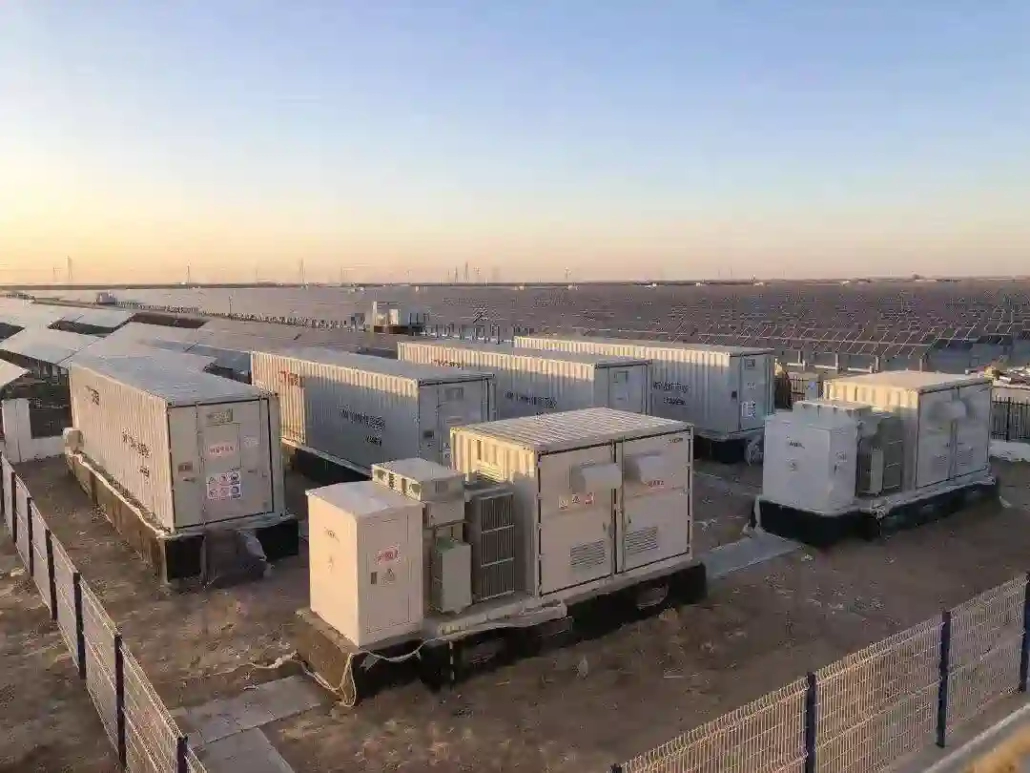U.S. Shatters Q3 Record in Energy Storage Deployment

U.S. Breaks Record in Q3 2023 Energy Storage System Deployment
According to a recent report by research firm Wood Mackenzie, the U.S. energy storage industry experienced another record-breaking quarter, deploying an energy storage system with a capacity of 2354MW and an energy storage capacity of 7322MWh in Q3 2023.
Wood Mackenzie, in collaboration with the American Clean Power Association (ACP), recently released the latest edition of the “U.S. Energy Storage Monitor” quarterly report. The U.S. deployed mostly utility-scale energy storage systems in the third quarter, with an installation capacity of 2,158MW and an energy storage capacity of 6,848MWh. However, Wood Mackenzie warns that despite several consecutive record-breaking quarters, these numbers could have been much higher. The firm estimates that 82% of grid-scale energy storage projects being deployed in the first three quarters were delayed.
Wood Mackenzie has also reduced its deployment forecast for 2027 by 5%, with chief analyst Vanessa Witte noting that the U.S. energy storage market faced multiple adverse factors in 2023, reducing the firm’s expectations for this booming industry. These challenges led to unstable deployment processes and difficulty completing projects on schedule.
Witte commented, “The decline in grid-scale energy storage system deployments is not only facing challenges in supply and permitting but also grid interconnection backlogs.”
Similar issues arose in Q2 of this year. Wood Mackenzie reported that 1.7GW of grid-scale energy storage projects scheduled for deployment in Q2 were delayed, and 308MW of projects were canceled, often due to long waits in the supply chain, permitting, and grid interconnection.
Wood Mackenzie initially projected that the U.S. would deploy energy storage systems of various sizes totaling 67GW from 2023 to 2027, with 55GW being grid-scale energy storage systems. This number has now been revised to approximately 63GW.
Despite these challenges, the firm indicated that 2023 and 2024 would be years of substantial growth for the U.S. grid-scale energy storage market, with deployments in the first three quarters of 2023 (4225MW) already surpassing last year’s total (3966MW).
Texas and California remained the top two states for grid-scale energy storage system installation capacity in Q3 of this year, with California at 694MW and Texas at 758MW.
However, due to California’s CAISO service area increasingly emphasizing the deployment of energy storage systems with a duration of 4 hours, and Texas’s ERCOT service area deploying systems with an average duration of around 2 hours, California led in energy storage capacity, deploying 2722MWh in Q3, compared to Texas’s 1506MWh.
In fact, Wood Mackenzie found that the average duration of grid-scale battery energy storage systems deployed in the U.S. in the third quarter was 3.1 hours. Energy storage projects outside of Texas averaged 3.8 hours in duration, while those deployed in Texas averaged 1.9 hours.
Transformers Scarcity Poses New Challenge in Energy Storage Systems
Aligning with the perspective of a recent research report by competitor S&P Global, Wood Mackenzie notes a continued drop in lithium battery raw material costs in 2023. Following 2022, the cost of batteries shows its first reversal after a decade-long downward trend.
Both firms indicate that lithium carbonate prices have now fallen to their lowest since 2021. According to Wood Mackenzie, this has led to a 23% quarter-over-quarter cost reduction for grid-scale battery energy storage systems.
A recent market analysis report by Bloomberg New Energy Finance reveals a 14% decrease in battery pack prices (including markets for electric vehicles and stationary energy storage systems) from 2022 to 2023. The average price hit a historic low of $139/kWh.
However, Engineering, Procurement, and Construction (EPC) costs for energy storage projects are on the rise, partly due to high labor demand and the need to meet wage and apprenticeship requirements. Industry media suggest that while battery and battery pack supply isn’t as challenging as in past years, there are still some equipment with long delivery times, particularly transformers, which are becoming increasingly scarce.
California Tops U.S. in Q3 Residential Energy Storage Deployments
California Leads US in Deployment of Grid-Scale and Residential Energy Storage Systems
In the third quarter, the U.S. deployed 166.7MW/381.4MWh of residential energy storage systems, while community, commercial, and industrial (CCI) storage systems only saw a deployment of 30.3MW/92.9MWh.
This marked a rebound for the residential energy storage market after a calm second quarter. The deployment level in the CCI sector aligns with Wood Mackenzie’s projections, as this area has seen minimal national policy and incentive measures.
California dominates the U.S. residential energy storage sector, deploying 78.4MW in Q3, compared to the combined 88.31MW deployed in all other states. The state is expected to launch a community solar plus storage program next year, potentially positioning it as a leader in the CCI energy storage field as well. Wood Mackenzie predicts this program could double the deployment of CCI energy storage systems in the U.S. next year.

